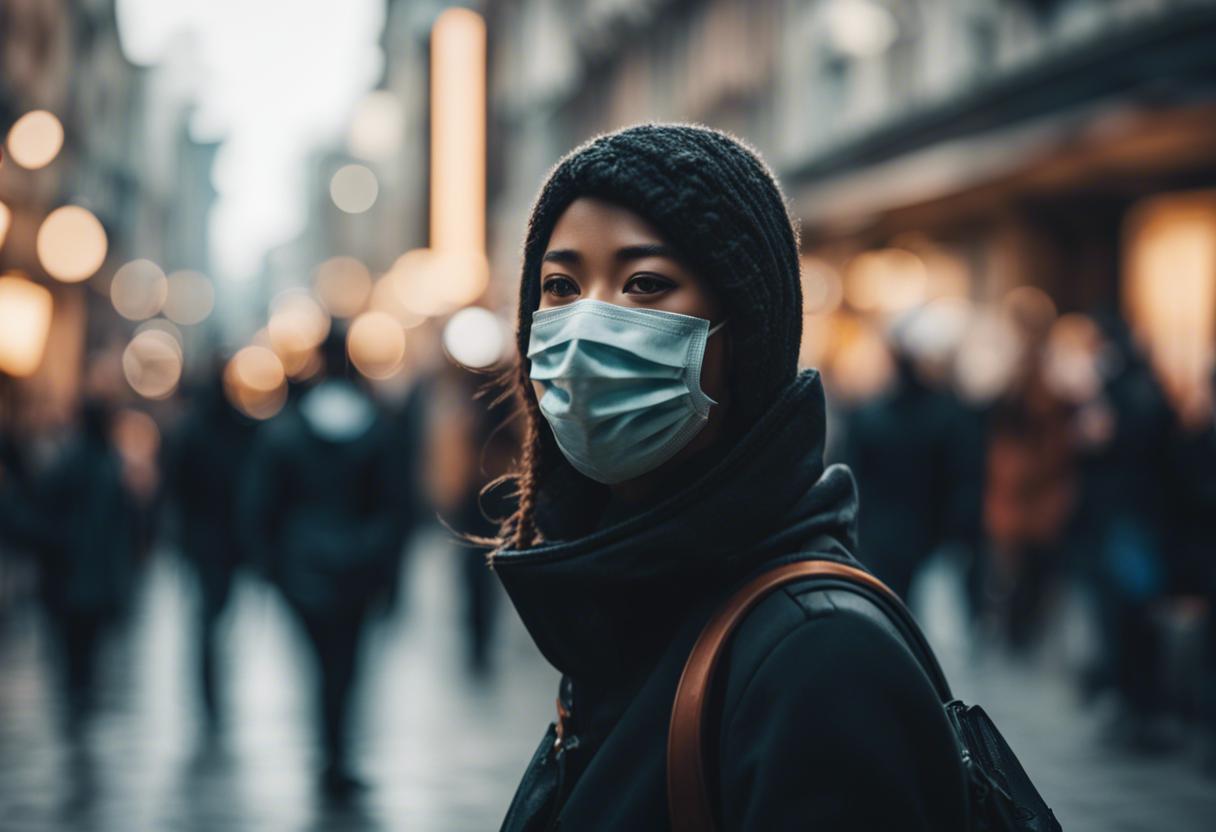In the era of COVID-19, public face-covering policies were fraught with political tension. Freedom advocates openly defied mask mandates, strolling carelessly around Dublin during lockdown, parading their anti-mask sentiments. These same individuals, however, are curiously often part of the protest groups known as “[Any town] Says No”, where they can be found heavily veiled. This overlapping Venn diagram would reveal significant inconsistency, although it’s doubtful that such inconsistency would perturb them.
Such contradictory behaviour is mirrored by the supporters of Tommy Robinson in Dublin and Belfast, who don’t see the absurdity of a notorious far-right convict encouraging racial unrest from a vacation location in Cyprus while simultaneously complaining that his children are afraid because a newspaper revealed his location. What makes this situation even more ironic is that his anguish has been caused by the Daily Mail, known for race-centric sensationalism.
Those who champion freedom in Ireland, including Robinson’s fans, may find it of interest that the Minister for Justice is considering legislation that would prohibit protesters from donning masks to intimidate others or hinder Garda’s ability to identify criminal suspects.
For the pragmatists, unmasking these troublemakers might seem like a basic law enforcement measure. However, it’s likely that this group includes avowed opponents of the Incitement to Hate Bill, who will quickly object to anyone being penalised for wearing an offensive face-covering. The post-pandemic world presents the issue of interpreting the purpose of a face-covering, which can represent a personal safety measure, a political statement, or a religious practice, and can also be exploited by delinquents to conceal their identity while enacting violence against officers or public property or harassing vulnerable individuals.
The challenge for law enforcement authorities lies in differentiating potential criminals using masks to veil their identity from those wearing them for disease prevention. Contextual understanding may provide a solution. Among the Belfast protesters, many were seen wearing masks that covered a substantial part of their faces, while flying Irish flags, another inconsistent behaviour exhibited by these so-called proud Irish patriots.
Public wearing of masks during protests has sparked controversy in many nations. Police officers in the UK already possessed the authority to urge individuals to remove face coverings during specific demonstrations where unlawful acts were suspected. A new law now provides officers the ability to apprehend demonstrators who ignore such requests, resulting in a potential month-long imprisonment and an incurred fine up to £1,000.
Nevertheless, a proposal aiming to prohibit face coverings by groups of young people on the main streets and beaches of Southend-on-Sea, following masked anti-social disturbances from the previous summer, was dismissed by city council due to concerns of potential enforceability issues. Health or religious reasons could be claimed by any persons confronted, as stated by a local council member.
To simplify the argument, it’s improbable to mistake a protestor wearing a balaclava for a medically masked individual with a compromised immune system or a Muslim woman in a niqab. But what if a crowd with surgical face masks (covering most of the face) and baseball caps congregate outside Simon Harris’s residence? Is the presence of masked protesters more or less acceptable? Should a masked crowd be perceived as more or less threatening by a black individual within a racially tense area compared to an unmasked group?
In America, the mask debate has curiously aligned some unlikely allies in the aftermath of the Hamas horror and Israel’s uncompromising rejoinder. Notably in New York where the governor has mooted the notion of banning subways masks due to safety concerns and anti-Semitic demonstrations. A supporting #UnmaskHateNY campaign has thus emerged which includes the NAACP (The National Association for the Advancement of Coloured People), Jewish civil rights groups, religious leaders and numerous Democratic state legislators.
The situation is further complicated by New York’s history of having a mask ban in place since 1845 following tenant riots, which was temporarily removed amidst the Covid pandemic. This ban had effectively been used against the Ku Klux Klan. Anti-mask laws enacted in the mid 20th century to combat the KKK have since been repurposed. For instance, the Ohio Attorney General issued a warning to universities stating that the 70-year-old legislation could be applied against masked demonstrators.
Those in favour of a prohibition assert that their purpose isn’t to prohibit the use of medical masks, but rather to stop individuals from hiding their identities. Critics argue that it will adversely affect those continuing to wear masks for health purposes and could provide grounds for the criminalisation of pro-Palestine protests, and for targeting disapproved groups and movements.
Critics, who are protesting against regimes like those in China and Iran, have also highlighted that such a ban could hinder UK-based dissidents, for instance, from coordinating protests outside embassies, leading to the potential recording of their faces and the risk that their families back in home countries could face punishment or even disappear.
Much like the issues around social media anonymity and hate speech, protecting individuals’ rights to wear masks has its repercussions. Weighing the pros and cons is a complicated task. It’s just another instance of numerous forthcoming challenges in trying to strike the right balance.

